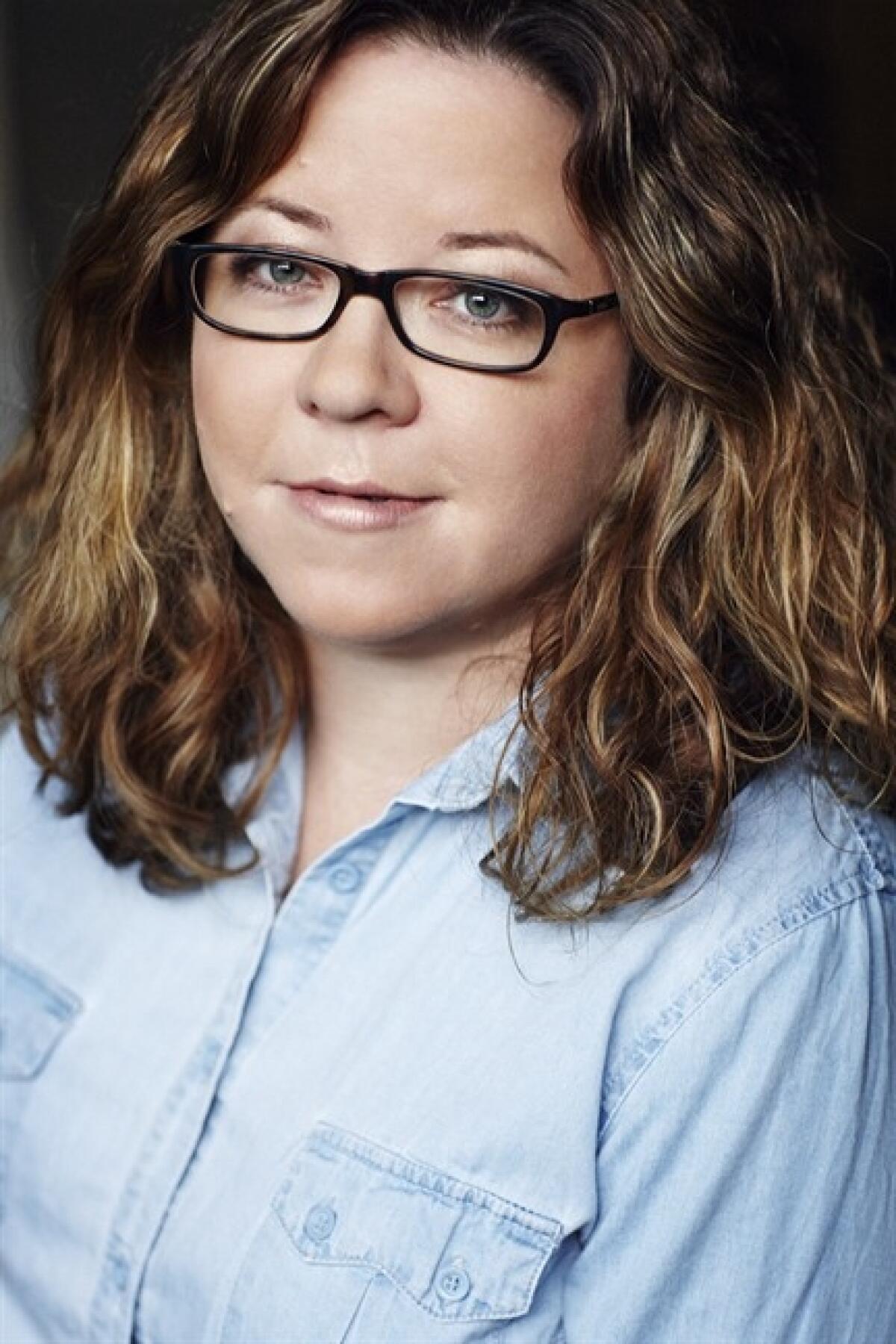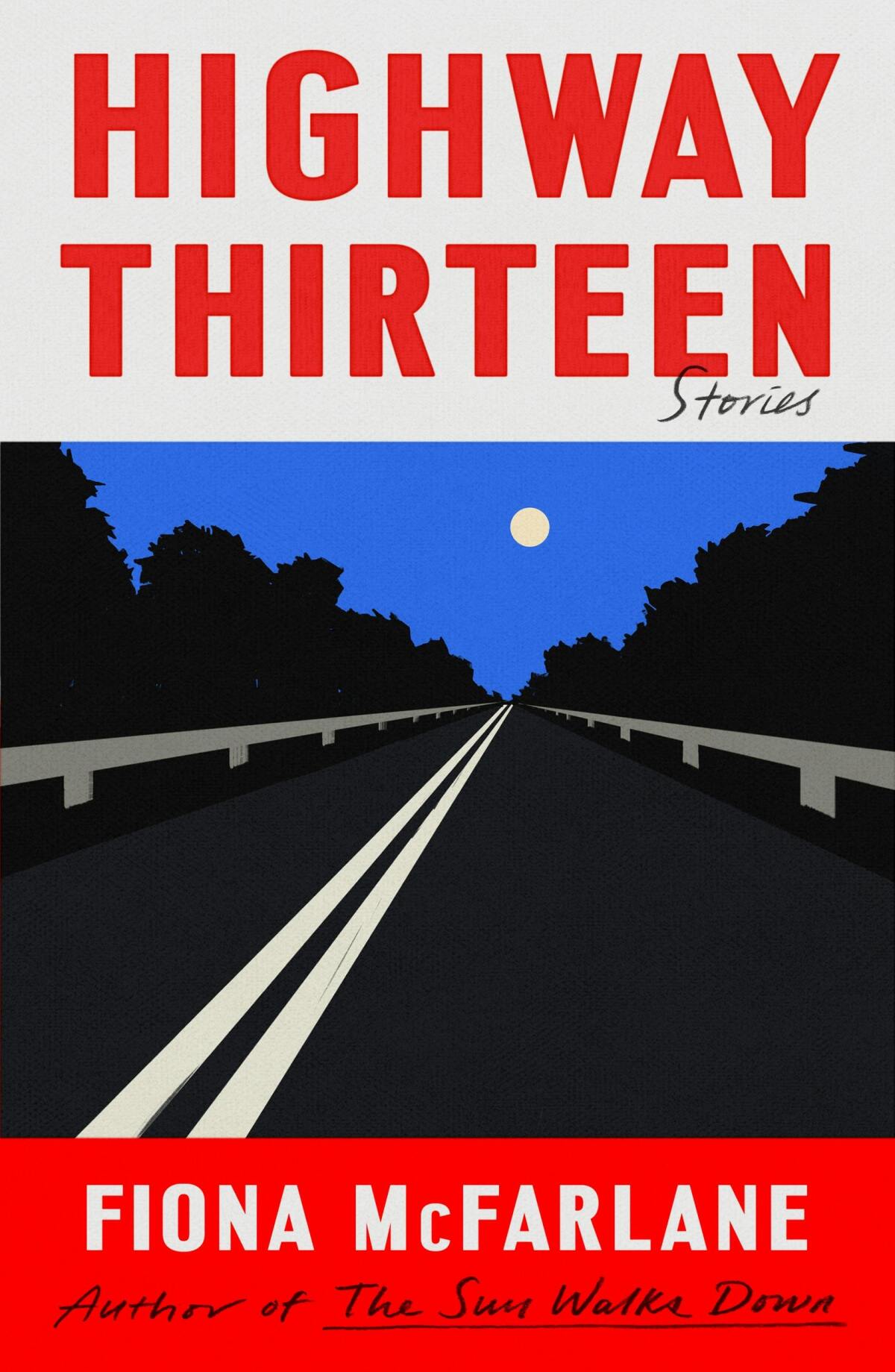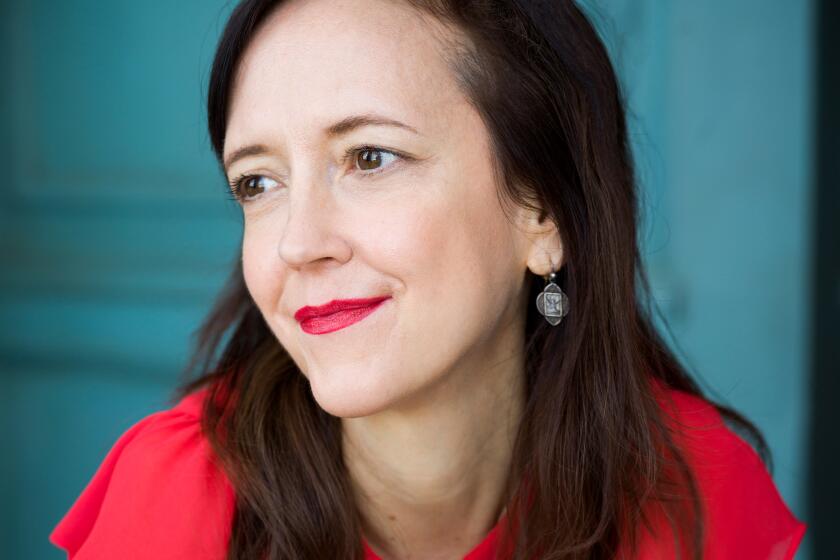These stories about serial murders go where no crime podcast could

- Share via
Book Review
Highway Thirteen: Stories
By Fiona McFarlane
Farrar, Straus and Giroux: 255 pages, $27
If you buy books linked on our site, The Times may earn a commission from Bookshop.org, whose fees support independent bookstores.
A serial killer rends a jagged hole in the fabric of our moral universe. How can someone commit a murder, then another and another, and how can they get away with it? Where does the impulse to kill begin, and why? Where is the justice (if there ever is) for crimes that unfold over years, or decades, and may never be solved? It’s the stuff of fables and films, documentaries and novels, and now, a collection of linked short stories by a preternaturally gifted author.

In “Highway Thirteen” Fiona McFarlane, a professor at UC Berkeley, follows the trajectory of an Australian serial killer back and forth through time, from before the killer’s birth (1950) to years in the future (2028). McFarlane’s aim in these 12 stories isn’t to shock or terrorize. The killer and the crimes (loosely based on an actual series of murders south of Sydney in the late 1980s) remain mostly offstage. McFarlane’s interest is in everyone touched by the murders, from the killer’s mother to a cop who worked the case to the one young woman who manages to fight him off.
The back-and-forth-in-time shifts and the setting of Australia, a place very like but fundamentally different from our own, gives these stories a dreamlike quality. Each starts with suspense embedded in it: What does this person have to do with the serial killer? Are they a victim, a relative, an enabler or simply someone in the wrong place at the wrong time? Those questions are answered, but often in a way that defies a conventional crime narrative.
In the first story, “Tourists,” it’s 2008, almost 20 years after the killings, and a compulsively polite young man is importuned by the office oddball to visit the scene of the crimes, now the main stop on an international circuit of tourists obsessed by the crimes. Lena, who has read everything and knows every detail of the murders, is unapologetically engrossed in the killings: “Her eyes were always slightly moist, as if she were poised to be moved by the world at any moment.” Joe girds himself and follows her into the woods, where a distant, dark voice invades his head and threatens his carefully constructed sense of self.
In “Abroad,” a British expatriate, haunted by his sister’s probable murder in Australia when he was a boy, navigates an American Halloween, which at first seems no more sinister than the theft of candy by a would-be witch. But Simon, a software developer who has washed up in Austin, Texas, cannot relax into the holiday’s ghoulish giddiness. “The silliness and fun, Simon thinks, are the problem. They’re an invitation to mischief — old mischief, which is nasty, sly and not entirely human.”
He is thrust back to the time when such mischief boiled over and engulfed his loved ones, and he feels the presence of the dead years and miles away from his family’s ordeal.
The present can never escape the past in these stories. In “Demolition,” Eva, an old woman, returns to a forbidden love lodged far deeper in her memory than her encounters with the killer: “ham on the Lainey table, hands swatting at flies all through the saying of grace — the laziness of lunchtime flies, the slowness of hands during grace, and Josie’s foot pressing Eva’s under the table; the organ in the front room with its odd, resisting pedals … Josie, Josie, Josie.” The murderer’s home next door is demolished; Eva’s longing will never go away.
McFarlane suggests horror rather than bludgeoning the reader with it. In “Hostel,” a backpackers’ waystation is cloaked in a subtle decay, “leprous with pink paint and festooned with Tibetan prayer flags. It was being slowly devoured by one or more enormous night-blooming jasmines, which clotted the street with their creamy smell.”
An Australian couple finds a young Swiss girl crouched and crying outside the place, and it appears that they will succeed in helping her stabilize her seesawing emotions, but the reach of their goodwill is temporary. The narrator, retrospectively watching the news after more victims are discovered, feels the creep of pure evil: “Nothing graphic, but all of it horrifying; the tautness of the tape, the businesslike trot of the dogs, the way the crowns of the trees thrashed with the force of the helicopter blades. I felt the presence of something then, quite suddenly, in my stomach and at the roots of my hair.”
McFarlane is a master at just about everything: dialogue, setting, comic timing. One of her best stories, “Podcast,” is a spot-on send-up of a true-crime podcast, with its giddy silliness and flashes of compassion for the victims (McFarlane has said that these stories were partially inspired by a podcast she followed during the pandemic). But her biggest accomplishment is creating an empathic bond with people whose lives are touched by unexplainable violence. Her stories are set in different decades and on different continents, and the people in them come from every class and walk of life, but McFarlane sets them off on journeys that are compulsively suspenseful and enormously readable.
I had to resign myself to reading each story from beginning to end without leaving my chair. They are that gripping, though not in a thriller kind of way. You have to know what happens to these people, and how they confront losses that no one should ever have to suffer.
In that respect her work mirrors the podcaster’s determination to honor the dead: “Every one of them was a whole world, full of love and curiosity, and every one of these worlds touched hundreds of others. This is our flower laid out for each of you. We don’t know what else to do, so we do this.”
Mary Ann Gwinn, a Pulitzer Prize-winning journalist who lives in Seattle, writes about books and authors.
More to Read
A cure for the common opinion
Get thought-provoking perspectives with our weekly newsletter.
You may occasionally receive promotional content from the Los Angeles Times.









